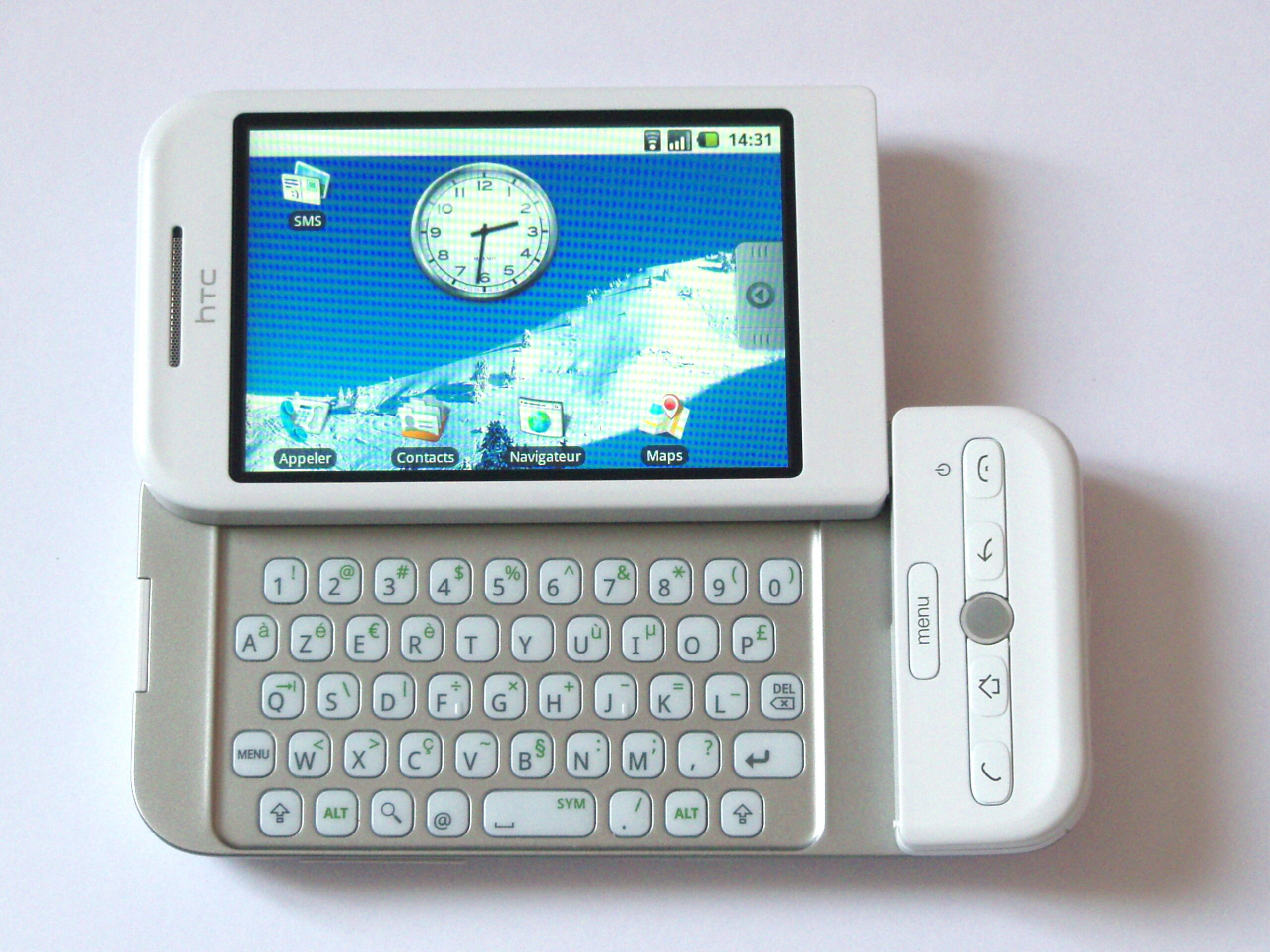Technology keeps advancing. Your current phone may be faster than the last, but not every feature has survived this evolution. Think about the devices that have become obsolete over the years, like fax machines, beepers, and MP3 players, as consumer electronics have evolved. The same applies to smartphones. In the fifteen years since Android became a consumer product, we’ve seen various features come and go — some good, some not so good. Remember the Facebook button on the HTC Salsa, the replaceable modules of Motorola’s Z-series, LG’s “Friends,” or the squeezable sides of the Pixel 2? These were all elements that emerged and disappeared during the evolution of Android.

As the T-Mobile G1 turns 15 on September 23rd, it’s an excellent time to reflect on what this groundbreaking device offered buyers back in 2008. While former AP editor Ryne Hager explored how well it held up as a daily driver a decade later, we’ll delve into the features that have vanished from Android phones over the years. Here are the ten things that were standard on the G1 but are absent on today’s best Android phones.
1. Physical Navigation Buttons:
When you look at the T-Mobile G1, you’ll notice a lineup of physical buttons on its chin. While physical navigation buttons were common on early Android devices, they’ve since given way to on-screen navigation or gesture controls.
2. Clickable Trackball:
The G1 featured a clickable trackball, a relic from BlackBerry’s era, making navigation and scrolling easier. While it may seem useful today, there’s no room for it in modern smartphone design.
3. Replaceable Battery:
In 2008, the G1 came with a replaceable 1,150mAh battery, a common feature at the time. Today, larger non-replaceable batteries are the norm, but there’s a chance replaceable batteries may make a comeback.
4. Slider QWERTY Keyboard:
The G1 had a physical QWERTY keyboard, which was a defining feature back then. Android launched without a virtual keyboard, and physical keyboards have become niche since.
5. Pocket-Friendly Display:
The G1’s 3.2-inch display was considered standard at the time but is significantly smaller than today’s smartphone screens.
6. Expandable Storage:
The G1 supported expandable storage via microSD cards, allowing users to increase their storage capacity. While some phones still offer this feature, it’s less common in modern devices.
7. Android Market and Amazon Partnership:
Before the Play Store, there was the Android Market, where users could download apps. The G1 also came with Amazon’s MP3 store for music, a partnership that predated their rivalry.
8. Camera Button:
The G1 featured a camera button, allowing quick access to the camera app. This physical shortcut is less common in modern smartphones.
The T-Mobile G1 introduced many features that were common at the time but have since vanished from modern Android phones. Technological advancements have led to new design trends and user interfaces, making today’s devices drastically different from the G1.
Leave a Reply